How many of you grew up celebrating Columbus Day? I definitely did. While it wasn’t a big celebration, I recall learning about Christopher Columbus in school, and his legacy in the Americas. Or so I thought. It turns out that the legacy many of us were taught in school is actually not all that accurate. Which is why many cities and states have replaced Columbus Day with Indigenous Peoples Day.
Since Columbus didn’t actually “discover” the Americas as was commonly taught in history books, and instead took land (often violently) from those already there, it makes sense to celebrate those native peoples on October 12th instead.
Don’t forget to refer to the Navajo Nation resources from the Global Children’s Book Club. Additionally, here are some resources that our family will be using as we recognize Indigenous Peoples Day this year!
This Indigenous Peoples Day resource contains affiliate links, but all opinions are 100% my own. That means I earn a small commission if you purchase through my link, but doesn’t change your price.
Indigenous Peoples Day Resources for Families
Table of Contents
Articles and Videos on the Background of Indigenous Peoples Day
- This article shares how Indigenous Peoples Day got started and how one woman petitioned her Louisiana governor to make it official
- This is a great account to learn facts about the Cherokee
- An indigenous scholar discusses the native history of Indigenous Peoples Day
- Indigenous youth amplify queer identities
- Native Women changemakers
- Unlearning Columbus Day myths

What does “indigenous” mean?
Indigenous peoples are generally those who are descendants of people who lived in a place continually since before the arrival of colonists or occupation. They have a distinct cultures and beliefs, and have often become subservient to occupiers or conquerors.
In other words, indigenous peoples have lived in the same area for a long time, since before people moved from other areas to try to take over their land or resources.

We Are Water Protectors by Carole Lindstrom (Author), Michaela Goade (Illustrator)
Author Read Aloud

Picture Book Discussion Questions
Other American Indigenous Books For Kids
American Indigenous Books for Older Children
Mesa Verde
Mesa Verde is home to the archeological remains of the Ancestral Pueblo people. It preserves their cliff dwellings, or homes in the sides of cliffs, as well as their permanent homes (“pit houses”). There are more than 4,000 known sites inside the National Park itself, and 600 of those are cliff dwellings.
Eventually, the people in the area became farmers and learned to use the land to their advantage as they set up permanent dwellings. They formed villages and community houses high on a mesa.
The Ancestral Pueblo people eventually moved away, likely due to drought. We can learn a great deal about them from their indigenous descendants. The Southwest is home to 24 tribes who are affiliated with the Ancestral Pueblo people at Mesa Verde.

Sacagawea was a Shoshone Indian woman born around 1788. She was kidnapped when she was about 12 years old by an enemy tribe and forced to become a French Canadian trader’s wife. In 1804, she was invited to join the Lewis and Clark expedition as an interpreter along with her newborn baby. She was the only woman on the expedition.
In addition to interpreting, Sacagawea dialogued with other groups, she saved important goods when her husband almost capsized a boat, she found edible and medicinal foods, and remembered landmarks.

(Information and photo from biography.com)

Indigenous American Activities for Kids
- Color in this Navajo Nation flag
- Learn to create a code like Navajo Code Talkers
- Use air dry clay to replicate Navajo pottery using these Navajo symbols
- Sign up for a virtual field trip through the National Museum of the American Indian

Native American Writing Assignment for Elementary and Middle Schoolers
- Listen to The First Strawberries by Joseph Bruchac (Adapter) and Anna Vojtech (Illustrator).
- Discuss what a legend is and the tradition of oral storytelling in Native American culture. Through oral storytelling, families could teach values, history, and traditions. Older people especially used legends to teach lessons and morals.
- Discuss what happened in the legend, The First Strawberries.
- Identify the different elements of the legend, such as character, plot, setting, purpose. What was the purpose of the legend? What question did it answer?
- Come up with your own question. Some examples might be why the sky is blue or why rabbits have floppy ears.
- Write out your own legend (younger students can just orally recite a legend or draw a picture of it).

Draw and color a woven rug using a natural pattern that tells a significant story. You might imagine the creation of the earth, something significant from the life of an ancestor, or ideals for how to live your life.
This video shares how Navajo rugs are made!

Scroll through this Navajo Rug gallery for inspiration.
Materials:
- Paper
- Colored Pencils
- Some understanding of the Navajo Creation Story
- A great imagination
If you’re ready to weave your pattern into an actual rug, here’s an awesome and super easy loom for kids.
Seminole Doll Craft
In the book Fry Bread, Seminole dolls appear on the “Fry Bread is Art” page. You can sew your own Seminole doll costume here with pieces of fabric.
Navajo Art Books
Indigenous History Activities for Older Kids & Adults
- What does removal mean? (Handout)
- Native Cinema Showcase – short-format films
Native American Movement Activities

Hoop Dance
Even though it is part of a sacred, 9-day ceremony, the Hoop Dance is viewable and teachable to the public. If you do not have hoops, you can do your best to follow the movements of the dancer’s legs and arms to the rhythm and song.

Native American Music


Featured Food: Native American Recipes for Kids: Sioux Indian Pudding
Here’s the recipe for Indian pudding, a fun and simple Native American food!
- If your great grandparents had been forced out of your homes to live in an uncomfortable fort by the government, would you help that government to win a war with your skills? Why do you think the Code Talkers did?
- Why do you think Native Americans were sent to reservations? Do you agree with this decision?
- Do you think Native Americans could have “won” the war? How would that have changed history?
- Was it good or bad for indigenous people when colonists arrived?
- Do you think white people are superior to indigenous peoples? Do they act as if they are?
- What are the advantages of an oral history?
We’ve loved putting together this resource to learn about Indigenous Peoples Day. We’d love to hear if you do any of these activities for a homeschooling Native American unit, or if you visit a First Nation in person!
We hope to inspire curiosity and connection through exploring and learning, and we hope this guide helps you and your families. Please share any activities you do with us over on our Instagram. And we’d be delighted if you passed this Indigenous Peoples for kids virtual tour and homeschooling resource along to others, as well!
IF YOU LIKED THIS POST ABOUT INDIGENOUS PEOPLES DAY, YOU MIGHT LIKE THESE POSTS TOO:
- Global Children’s Book Club Virtual Travel Guides
- Zion National Park Winter Visit
- Diverse Picture Books for Kids
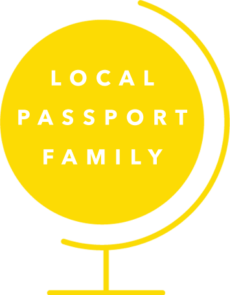
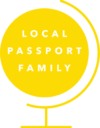
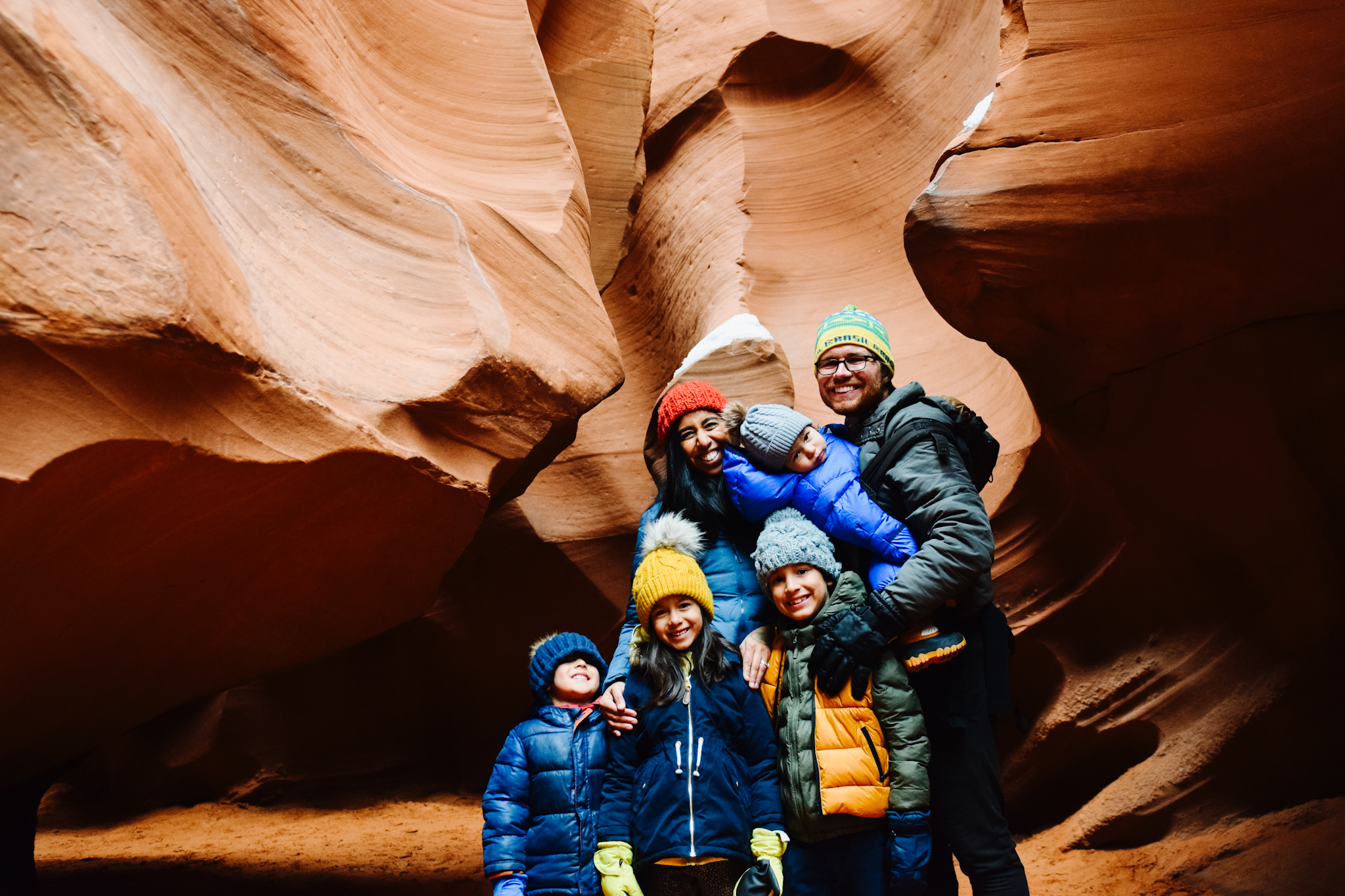





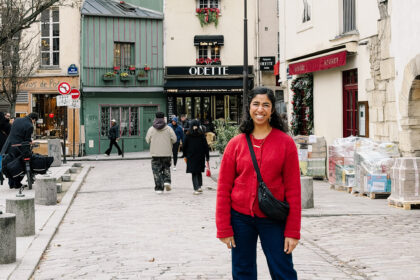
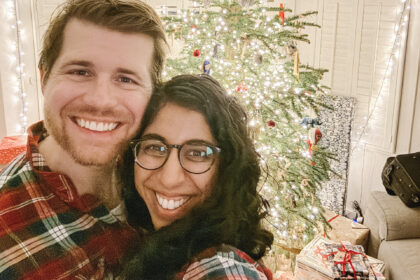

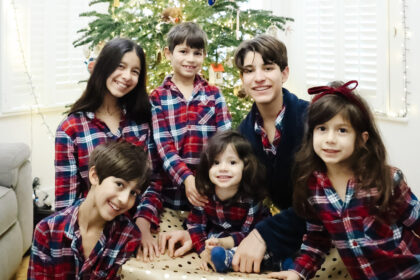
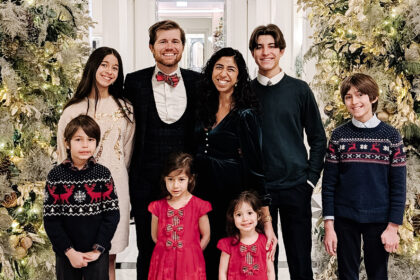


[…] Indigenous Peoples Day Resources for Families […]